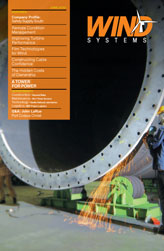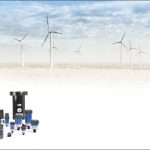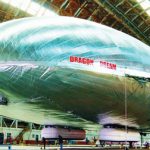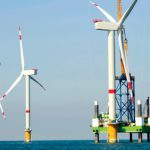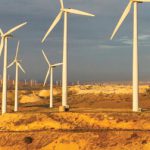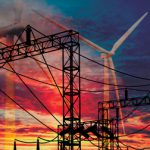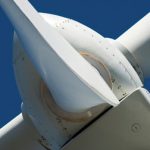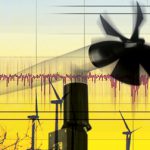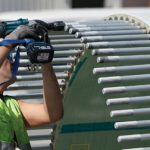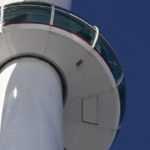As wind turbines have grown in size and capacity over the last three decades, the importance of reliability and technology innovation have been quite apparent. Even though these “Gentle Giants” look much like their predecessors of the 1980s—three-bladed, upwind configuration—technology improvements have been vital for the success of this vibrant industry. Every component and sub-component of the turbine, including airfoils, materials, structures, and sensor and control systems, have to be tested and evaluated prior to being deployed and accepted.
All engineered components and systems must go through a testing phase in order to validate the engineering assumptions made in the design, analysis, and manufacturing processes. The key questions pertaining to testing are why, when, and in some cases, how? As the wind industry has gone through its maturity phase, the trial and error days of going straight to the field and patching flaws in real time are hopefully long gone. This has been driven and enabled by both the fidelity of today’s engineering tools and computing capacity, as well as the requirement to certify components and systems to standards and the sheer cost of building and testing structures of this magnitude.
Wind energy components pose many challenges when it comes to testing and evaluation. Not only does wind have a series of unique components, the size of the components and the measurement requirements can make testing quite costly and challenging. Take, for example, a typical utility-scale wind turbine blade, which is 30-60 meters in length, weighs 10-20 tons, and is quite complex in shape. Today’s blades have matured immensely from the days when technology and manufacturing approaches were leveraged from other sectors. Modern blades are predominately made of a combination of glass and carbon fibers, resin, and balsa or foam. Each one these materials has to be certified and tested by their respective manufacturer, and must be brought together to design a blade which itself has to be certified. Airfoils are now optimized for aerodynamic and acoustic performance and tested rigorously in wind tunnels to ensure this performance under a variety of simulated field conditions. Moreover, the shape must lend itself not only to localized aerodynamic performance, but must also be coupled to the structural and manufacturing design, where the internal structure is designed to take advantage of the materials available and how they will be organized or stacked to develop a structurally efficient blade. Also, as part of the design phase the manufacturability must be continually evaluated to ensure that the blade can be manufactured to the specifications without the introduction of defects.
Although there will be several sub-scale testing phases throughout the engineering process, the entire completed blade must also be tested for structural strength and aerodynamic performance to validate the computer models and receive certification. These tests can be complicated and costly due to the size of the structure and the complex testing and loading requirements, which must replicate such things as the number of and magnitude of loading cycles that a blade will see over its 20 year life, in the case of fatigue loading. At this point it is key that the tested article is close to the final design, as it can cause significant cost increases and project delays to redesign, rebuild, and retest. Finally, these complex testing processes must also be completed as applicable for other components of a wind turbine, including gearboxes, generators, controllers, etc.
The tools used to develop and evaluate these designs are only as good as the data used to validate and improve the fidelity of the code. Additionally, the tools are only able to model the article to a certain degree of fidelity within a certain operational envelope, and many practical elements can diverge from the model in the as-manufactured, as-installed final product. The lessons learned and data gathered from lab and field testing, at both full-scale and sub-scale enables engineers to continually improve their designs, the result of which can be clearly seen in the viability and resilience of the wind industry.



















